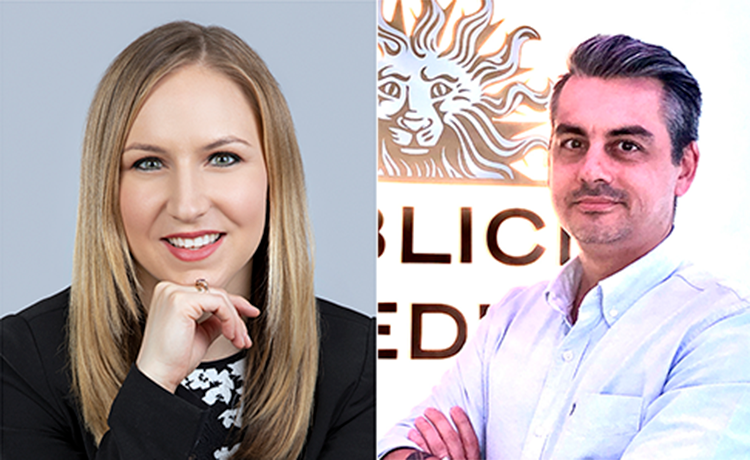By Stacy Fisher, head of digital transformation and innovation, media at Publicis Media, and Dylan Temple Heald, director, Precision at Publicis Media

The distinction between offline and online persists to be challenged just as people continue to seamlessly transition from one ecosystem to the next. We first saw the blurring of ecosystems with TV and digital video advertising, as new inventory sources from Connected TV and OTT platforms became available, and with the proliferation of devices that can deliver content on demand. Now, we are seeing the same trend with terrestrial radio extending to digital audio as listenership continues to increase year-over-year.
Understanding cross-screen or cross-device environments for both TV/video and radio/audio is critical for advertisers learning to adapt planning methods for the channels as a whole, as opposed to treating consumer journeys in silos.
It needs to be made clear that we’re not here to tell you radio is a dying advertising medium. It’s not; not even close. In fact, radio accounts for some of the largest audience reach percentages across multiple markets and is very effective at increasing brand awareness and recall. Studies from Nielsen, Millward Brown and RAJAR across US and UK markets have consistently measured positive results for advertisers. With 30 per cent of time spent on mobile being audio listening (InMobi, 2019), we cannot turn a deaf ear (pun definitely intended) to the rise of digital audio in the past couple of years and the gap it fills in screenless media. Although many immediately associate audio with music streaming via mobile devices, its reach extends across much more, including podcasts and audiobooks, and its distribution includes other technologies such as connected cars, voice browsing and smart speakers. Where radio is a one-to-many approach, digital audio is better able to deliver a specific brand message to a more targeted audience based on their behaviours and listening preferences.
We know digital audio will continue to evolve and mature in 2020 and by H1 2021 to achieve greater scale with new inventory coming online, more automation to deliver dynamically and programmatically, and the ability to offer more robust audience targeting paired with effective measurement solutions.
Ad-supported content will continue to play an important role in the continued growth of digital audio. Statista reports from 2019 show Spotify has 286 million active users globally, with more than half of these users logging on to their free, ad-supported service. On top of Spotify, there are a number of other digital audio service providers available, such as Deezer, Soundcloud and Anghami, to name just a few.
Therefore, we believe it is time for brands to adopt this channel to help further enhance their overall marketing strategy. Below are a few of the reasons to include digital audio when planning your next display and video campaign.
• Programmatic audio inventory offers a low point of entry with no minimum spend required. This lowers the financial risk and allows brands to test and learn. Likewise, when buying programmatically, one has the control over optimisations with greater transparency as well as consolidation of your digital media buys.
Highly targetable audience data based on behaviour, mood and emotion, genre of music, psychographics and demographics.
Digital audio offers 100 per cent share of voice, making it a highly effective and engaging way of communicating with your intended audience.
• The majority of digital audio inventory is offered by premium publishers and streaming services and shows a very low level of ad fraud instances, especially as content is served to logged-in users.
• Digital audio bundled with display and video has been proven to increase brand awareness and incremental reach.
Digital audio opens up huge opportunities for brands to get creative with the way they engage with their audiences, by way of storytelling – and we don’t mean by just reading audiobooks. The way people are consuming audio differs depending on the time of day, the activity they are currently engaged in and the device they are using. So too should the type of message your brand is communicating adapt, whether it be a shorter-form message with pure audio or combined video and audio format.
Measurement of digital audio has in the past been a challenge for the industry, but over the past couple of years we have seen extensive improvements that now allow for similar reports and attribution-level measurement as digital
video solutions.
With a growing number of audiences accessing premium audio streaming and audio book platforms (especially during current times, with limited movement because of anti-coronavirus measures) that offer ad-supported free services globally, and growing adoption of those services in the MENA region, with access to that inventory programmatically, it’s never been a better time to add digital audio to your marketing strategy.









